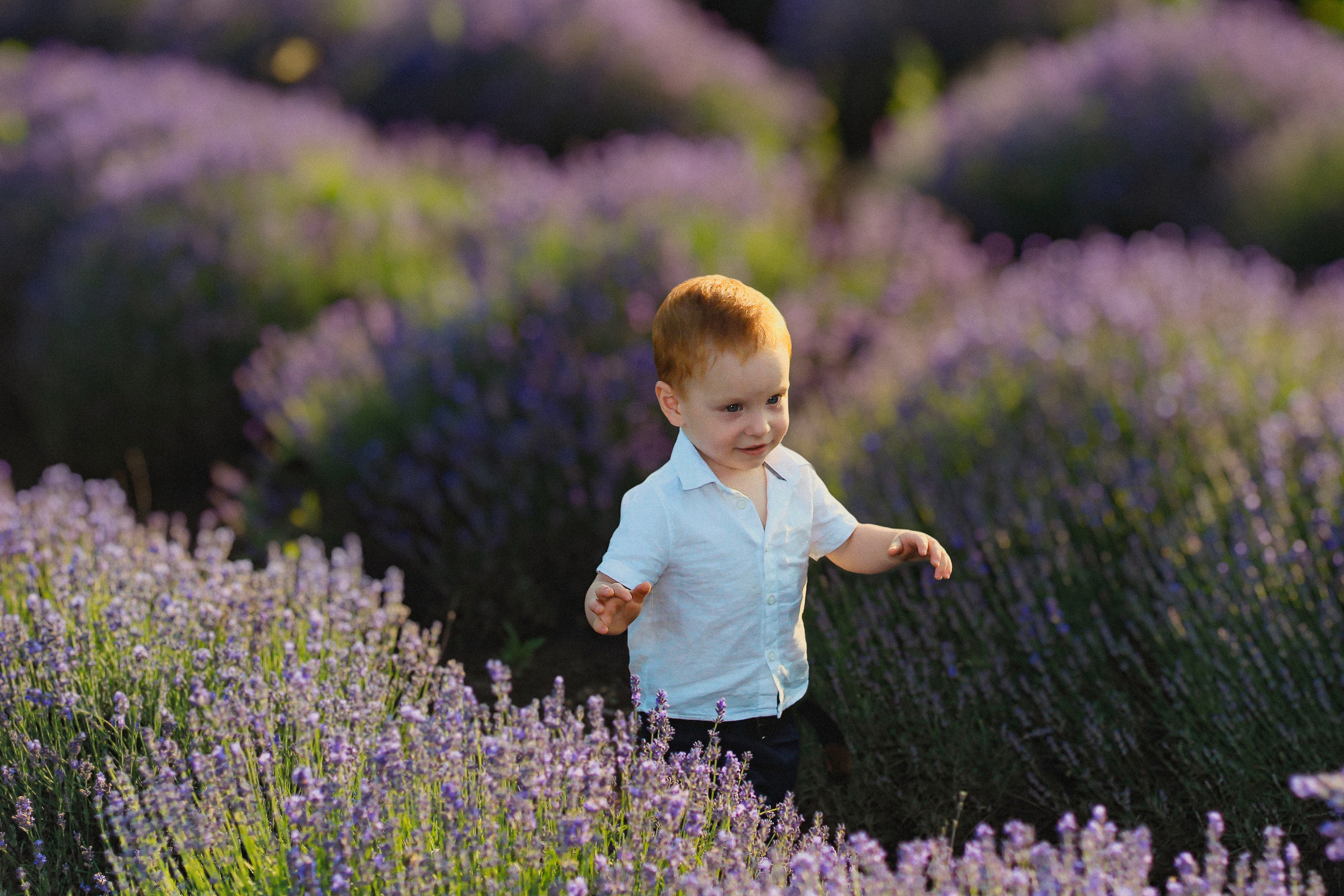

- Our products
-
Features
FeaturesExtensions
- Pricing
- What’s new
- Marketplace
-
More
CompanyFor Business
 View plans
View plans
Mirror Images Effectively in Your Photos
Mirroring an image refers to the process of creating a mirrored or flipped version of the original image by reflecting it along a central axis. This axis can be either horizontal or vertical. The result is an image that appears as if it were viewed in a mirror. You can also use this technique to reflect an image, like adding the reflection of a mountain in a lake
View plansHow to Utilize the Photo Mirror Feature?
You’ll find the Flip Horizontal and Flip Vertical features in Luminar Neo. With their help, you can easily flip your image.
To create a mirrored image, you’ll have to use the Layers feature to duplicate your original Layer and flip one of the layers. Then simply combine them on one canvas and align as you want to create a mirror effect image.
To create a mirrored image, you’ll have to use the Layers feature to duplicate your original Layer and flip one of the layers. Then simply combine them on one canvas and align as you want to create a mirror effect image.




Before
After
© Zolotarevs
Discover the Benefits of Choosing our Image Mirror Flip Feature
Flipping an image in Luminar Neo will take you seconds. And creating a mirror image is very flexible.
You can adjust the position of your image in Layers however you want! Experiment to achieve the best results.
You can adjust the position of your image in Layers however you want! Experiment to achieve the best results.
Taking Graphics to the Next Level with a Mirror Image Photo Editor
Want to create a double exposure effect? Kaleidoscopic and abstract art? Fun geometric shapes? Experiment with the orientation of the mirror axis, the level of symmetry and the selection of specific image elements to mirror.
In Luminar Neo, it’s easy to explore these possibilities and create visually stunning mirror photo effects.
In Luminar Neo, it’s easy to explore these possibilities and create visually stunning mirror photo effects.



Before
After
© Cuma Cevik
Creating Beauty in Reflections: a Mirror Effect
It’s super easy to use the features in Luminar Neo to flip your images. Find Crop AI and Rotate & Flip. The second and third icons are your mirror effect:
• Flip Horizontal: Reverse the left and right sides of the image, creating a mirror image.
• Flip Vertical: Reverse the top and bottom sides of the photo.Head to Layers to duplicate your image and combine both of the variants in one!
• Flip Horizontal: Reverse the left and right sides of the image, creating a mirror image.
• Flip Vertical: Reverse the top and bottom sides of the photo.Head to Layers to duplicate your image and combine both of the variants in one!
Explore Other Features
Luminar Neo has plenty of other features to help you edit faster and easier
Background Removal AI


Before
After
© Ksenia Kazak
Background Removal AI
Use our advanced tool to automatically erase backgrounds behind any object in your images.
Supersharp AI


Before
After
© Ksenia Kazak
Supersharp AI
Revive Your Blurry Photos with Supersharp AI! Use our cutting-edge technology to naturally restore the sharpness of your cherished memories.
Blend Two Images


Before
After
© Zolotarevs
Blend Two Images
Elevate your photography to new heights by seamlessly blending two images
Transparent Background


Before
After
© faraonsas
Transparent Background
Transform photos into unique art with Transparent Backgrounds!
Blur Backgrounds


Before
After
© luckyuran
Blur Backgrounds
Effortlessly blur backgrounds to bring your main subject into sharp focus and elevate your image's visual appeal.
Remove People From Photos


Before
After
© BalanceFormCreative
Remove People From Photos
Easily erase unwanted people from your pictures, making those crowded tourist spots or accidental photo-bombers disappear.
An application & plugin
For macOS & Windows
- High-performance AI editor
24/7 technical support
30-day money back guarantee
Join community of Luminar Insiders
Frequently Asked Questions
How to mirror an image with Luminar Neo?
Find Crop AI, and then Rotate & Flip. Then click either the Flip Horizontal or the Flip Vertical icon. If you want to add the mirrored image to your original image to create a mirrored effect, simply head to Layers. Duplicate your Layer, flip just one of the images, and combine them on one photo however you like.
Can I mirror just a specific part of my photo instead of the entire image?
Of course! The Layers feature in Luminar Neo makes it very easy to manipulate the position of your image however you like.
What's the difference between flipping and mirroring an image?
Flipping and mirroring are both processes used to change the orientation or direction of an image, but they have different effects on the image's appearance. Flipping an image involves reversing it along a horizontal or vertical axis, essentially turning it over.
Mirroring an image is essentially a specific type of flip where the image is reflected along a central axis, creating a mirror image of the original.
Does mirroring an image affect its quality or resolution?
Mirroring an image typically does not affect its quality or resolution. When you mirror an image, you are essentially reversing it along a central axis, either horizontally or vertically. This transformation does not change the pixel count, size or resolution of the image. The original image and the mirrored version will have the same dimensions and the same number of pixels.
